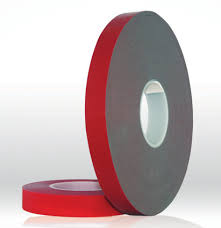from Los Angeles, California 2021
Here are some tips and examples when considering a very high bond tape for your application.
Very High Bond tapes, sometimes referred to as VHB (3M) tape. Very High Bond tapes is separate from what people typically think of a “traditional” foam tape, usually a polyethylene foam with adhesive (pressure sensitive) coated layer on top of the foam. VHB tapes don’t have a separate coated adhesive layer (except hybrids) but is an acrylic polymer material.
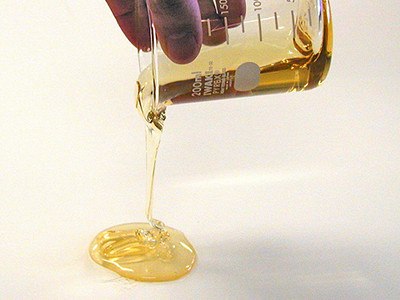
Duration. Considering a VHB because you want your part to stick to some other object as close to forever is a valid reason to consider a VHB tape. If you just want the tape to bond for a short period of time (1 day to a few months?), VHB tape may not be your best option (in terms of cost and function).
A VHB tape will last because of what it’s made from, a solid block of acrylic, giving it a very strong internal strength and surface hold since its bonding layer is integral to its whole structure. This is why VHB tapes replace metal rivets and screw fasteners.
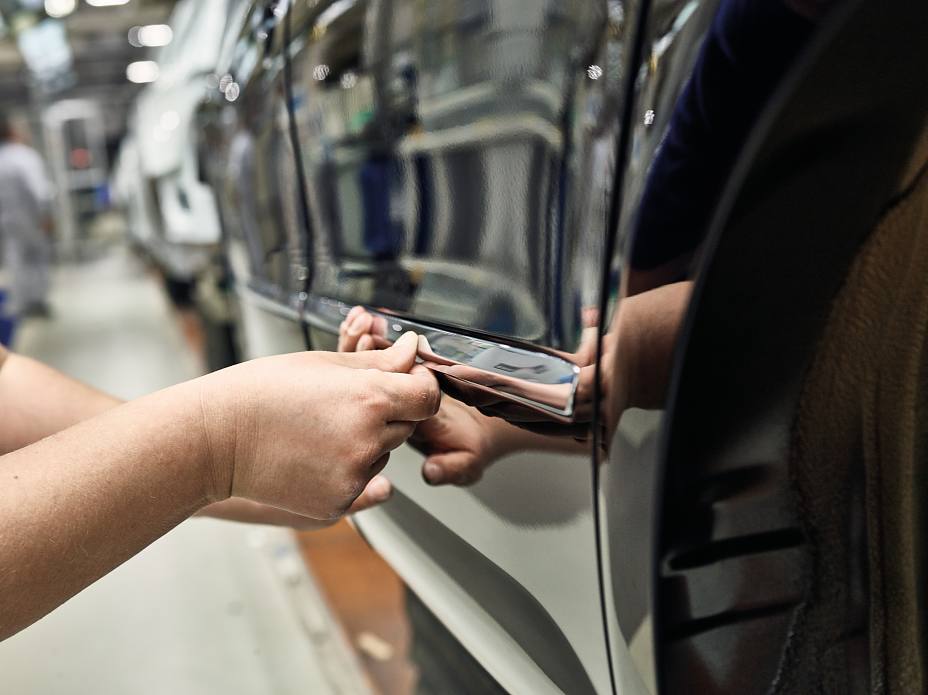
You may want to consider a VHB tape because you just want that insurance that your part won’t fail. That is not a good reason to consider a VHB tape. A “weaker” tape may actually be a better tape.
A ski manufacture had good success using a VHB tape in the manufacture of their skis, however, they were experiencing delamination issues (where adhesive separates from the surface it was bonding against) when their skis were used in particularly cold weather while skiing on very bumpy hard packed snow. In the manufacture of VHB tape its acrylic polymer is comprised of micro glass structures. When in extreme cold and bumped around, the glass structures break, causing adhesion failure. The company then switched to pe double-sided foam tape.
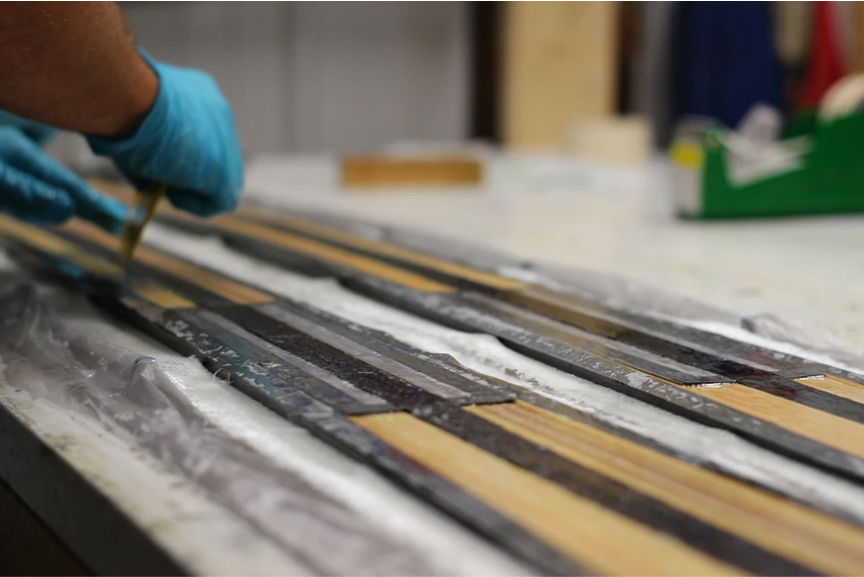
A printer whose customer requested their strongest double-sided tape to make their yard signs (home security warning sign), they looked at a thin VHB tape. It made sense since the signs where being made from an aluminum channel and a durable printed plastic sheet. The issue arose when the printing company provided the estimate. It was way over budget. The VHB tape made up 50% of the cost to make the signage. Since the sign is relatively light weight and the adhesive won’t be exposed to direct sunlight, their tape manufacture recommended an alternative foam tape, pe foam with an extra aggressive rubber-based adhesive. The printer was able to get the pricing to their customer’s target and win the business. The tape worked perfect for the application.
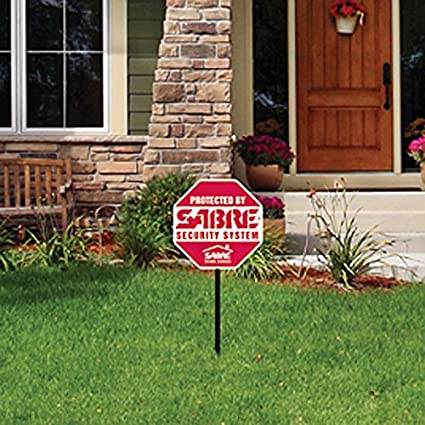
To summarize when not to use VHB tape: don’t use VHB if the surface is hard to stick (low surface energy), if surface is very rough, if will see very cold temperatures.
While there are some general rules and guidelines for usage of VHB tapes, your experienced adhesive professional could be a valuable resource when determining the right adhesive for your application, weighing your price and performance goals.
Contact Guardia Industries for your application recommendation, samples or price quote
